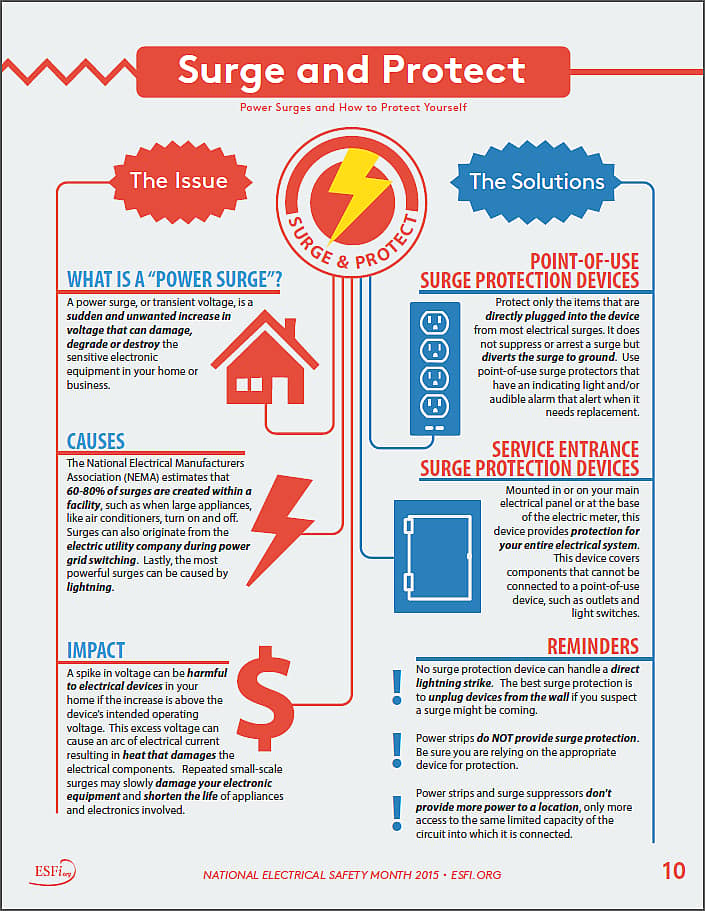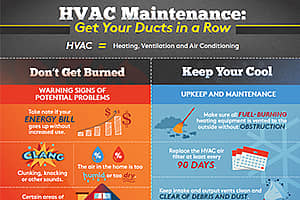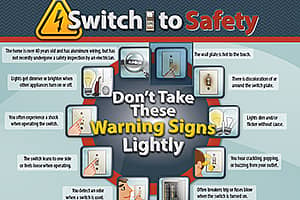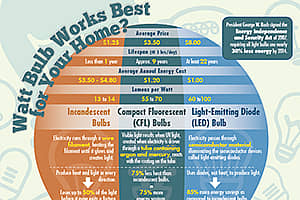National Electrical Safety Month 2015
What is a “Power Surge”? A power surge, or transient voltage, is a sudden and unwanted increase in voltage that can damage, degrade or destroy the sensitive electronic equipment in your home or business.
Causes: The National Electrical Manufacturers Association (NEMA) estimates that 60-80% of surges are created within a facility, such as when large appliances, like air conditioners, turn on and off. Surges can also originate from the electric utility company during power grid switching. Lastly, the most powerful surges can be caused by lightning.
Impact: A spike in voltage can be harmful to electrical devices in your home if the increase is above the device’s intended operating voltage. This excess voltage can cause an arc of electrical current resulting in heat that damages the electrical components. Repeated small-scale surges may slowly damage your electronic equipment and shorten the life of appliances and electronics involved.
The Solutions
Point-Of-Use Surge Protection Devices: Protect only the items that are directly plugged into the device from most electrical surges. It does not suppress or arrest a surge but diverts the surge to ground. Use point-of-use surge protectors that have an indicating light and/or audible alarm that alert when it needs replacement.
Service Entrance Surge Protection Devices: Mounted in or on your main electrical panel or at the base of the electric meter, this device provides protection for your entire electrical system. This device covers components that cannot be connected to a point-of-use device, such as outlets and light switches.
Reminders:
- No surge protection device can handle a direct lightning strike. The best surge protection is to unplug devices from the wall if you suspect a surge might be coming.
- Power strips do NOT provide surge protection. Be sure you are relying on the appropriate device for protection.
- Power strips and surge suppressors don’t provide more power to a location, only more access to the same limited capacity of the circuit into which it is connected.








